We wanted to know how the writing of one’s name, or signature, became the legal custom it is today to formalize business deals, marriages and practically every activity in life.
Was it always so?
Here is some of what we found:

 The history of the Signature
The history of the Signature
Signatures have been an important part of human creativity and identity for literally thousands of years, and in modern day we use them to do everything from sign receipts to authenticate documents, sign autographs and write birthday cards.
But how have signatures evolved throughout history? Today a look back at the changing face of the signature from the distant past right through to present-day.
Ancient scribe
Some of the earliest known examples of the signature date back as far as 3000 BC. Cultures like the Sumerians and Egyptians began using a series of pictures and symbols – pictographs – to convey meaning. A Sumerian clay tablet, dating back to around 3100 BC, has the markings of the scribe Gar Ama, one of the earliest definitive examples of using words and symbols to denote identity.
Greek and Roman influence
Writing and language was an important part of both the Greek and Roman cultures. The Phoenician alphabet – which contained 22 consonants and no vowels – was adopted by the Greeks around 1200 BC and within 600 years had evolved to the Latin alphabet we know today. Romans were known to use signatures during the reign of Valentinian III around 439 AD, but it wasn’t until 1069 that a signature from a well-known figure appears in the history books, that of nobleman and military leader “El Cid” from Medieval Spain.
Written into Parliament
It was the State of Frauds act passed in the English Parliament in 1677 that made the signature the everyday marker it is today. The new law stated contracts must be signed, a measure that during its time was an effective guarantee against fraud. By the time John Hancock signed America’s Declaration of Independence in 1776 the signature was a binding contract and used widely around the world.
A modern signature
Fast forward to the 1980s and technology was already rapidly changing the role of the signature. The rise of the fax machine meant more contracts were being scanned and sent electronically, and legislation in both the United States and United Kingdom changed to adopt this shift. More sophisticated technologies – such as the chip and pin system – replaced the traditional signature method for banking, helping to reduce fraud and protect personal security.
By 2000, US President Bill Clinton had signed into law the E-Sign Act, validating electronic contracts and paving the way for eSignature technologies in businesses around the world. Platforms like Legalesign use digital signatures to sign contracts and other documents, making it possible to send and sign contracts from anywhere and store them securely at every stage.
This article brought to you by Alpha-Phonics A Primer for Beginning Readers:
Please let us know what you think about this article.
Our mission is to provide the easiest to teach, most successful to use, the most economical phonics reading instruction possible. We have been at it for over 32 years.
There are a lot of Moms who think we have done a pretty good job.
At the top of this page, in the Black Horizontal Bar, are options to find our Website, to Like us on Facebook (Paahleese do) and other links.
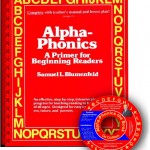
Created to easily teach children to be able to read the WORD

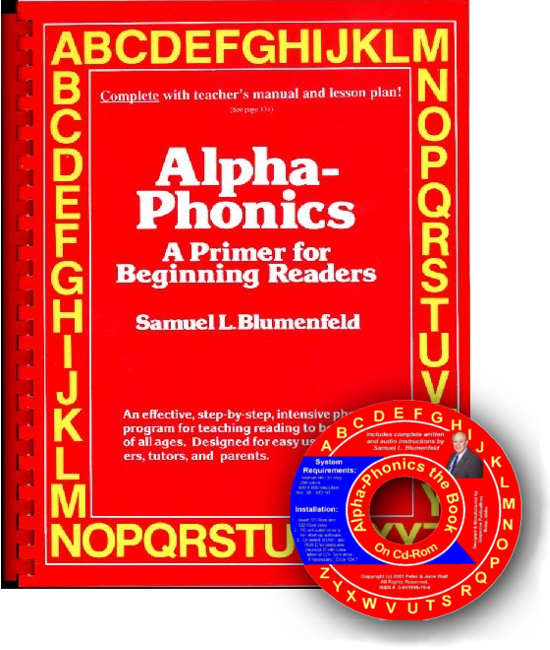 Alpha-Phonics
Alpha-Phonics The Alphabet Song!
The Alphabet Song! Water on the Floor
Water on the Floor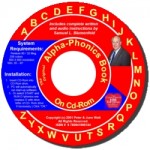 Alpha-Phonics the Book on CD Rom
Alpha-Phonics the Book on CD Rom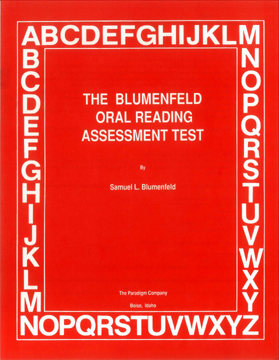 Blumenfeld Oral Reading Assessment Test
Blumenfeld Oral Reading Assessment Test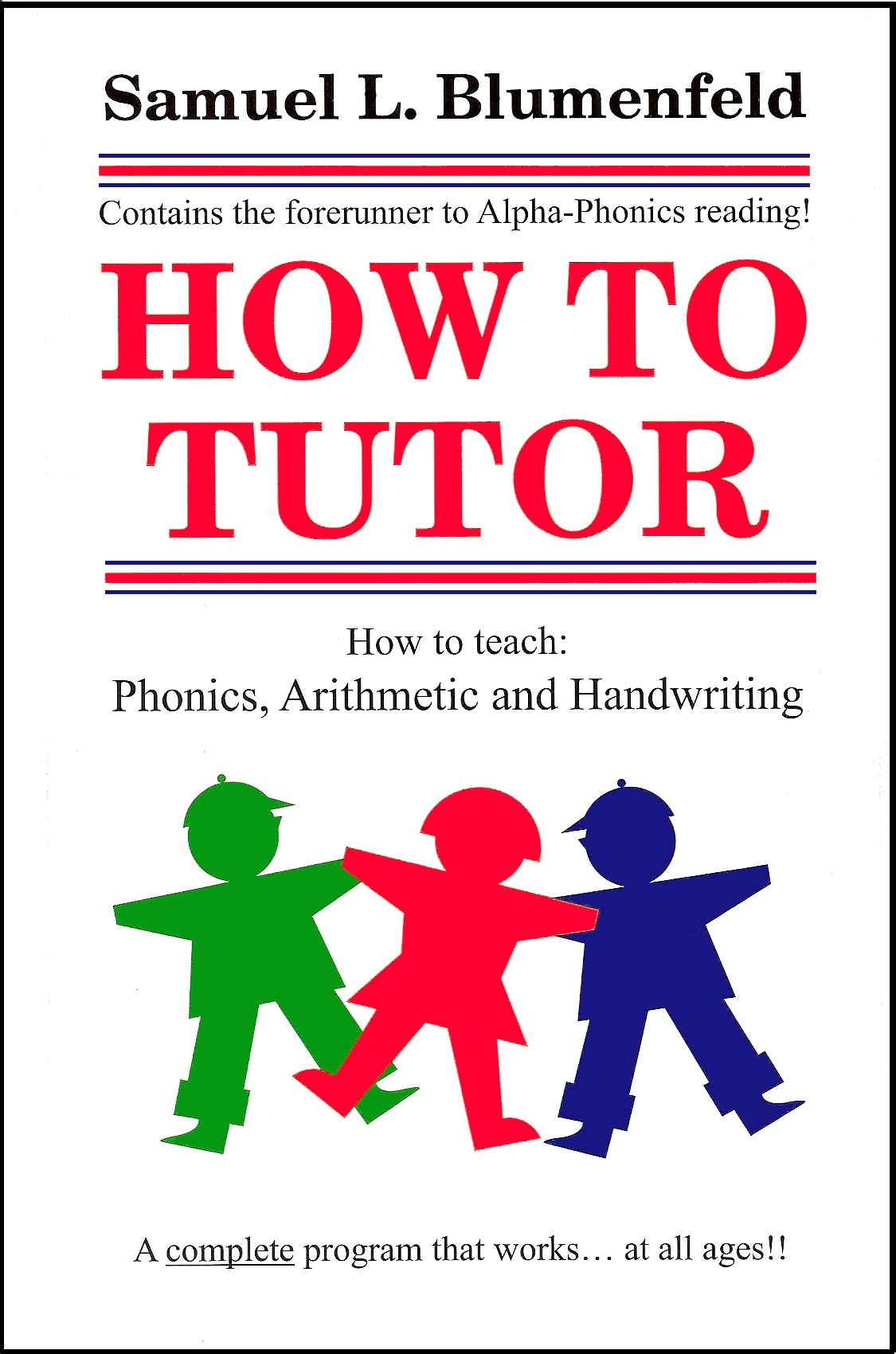 How To Tutor
How To Tutor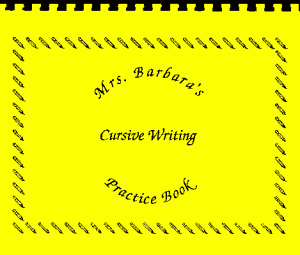 How To Tutor Cursive Handwriting Workbook
How To Tutor Cursive Handwriting Workbook